Top 5 things you need to know about archaeological archives
On the National Highways A14 Cambridge to Huntingdon Improvement scheme, we excavated hundreds of acres of land, recovered thousands of artefacts, and took over 100,000 photographs – but where does all the information go?
In the last blog we dug into the A14 Digital Archive, today we’re taking a look at the physical archive, and discovering what happens to the thousands of finds uncovered during the excavations.
Here are the top 5 things you need to know about the A14 archaeological archive:
1. Archaeological archives are really important
Archaeological archives preserve the findings of archaeological excavations and making them available for people to use in the future. They contain a wealth of information about the past, from artefacts and ecofacts (natural materials like animal bone, seeds, and pollen) to excavation records and photographs.
The A14 archive means that future archaeologists, students, artists, teachers, researchers, community groups, and many more will have the chance to explore more about Cambridgeshire’s past and interpret the archaeological discoveries in new and interesting ways.
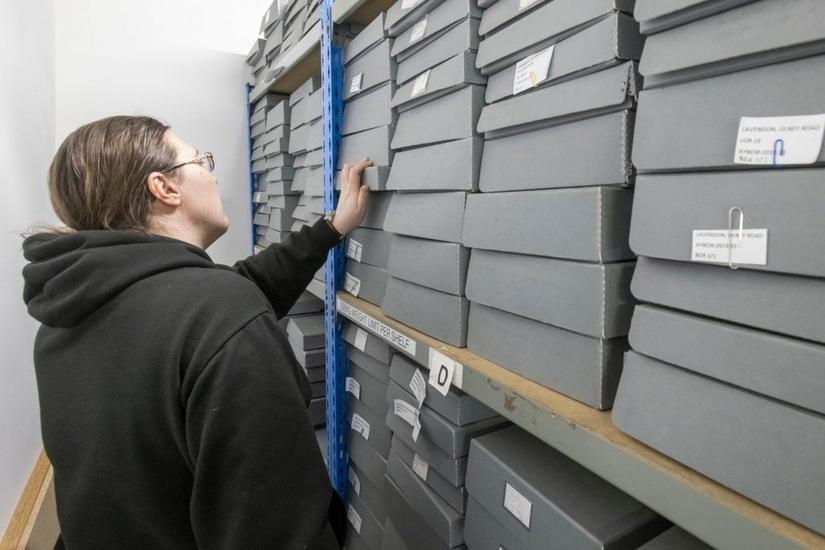
2. Archaeological archives come in all shapes and sizes
The A14 project is one of the largest of its kind in the UK, covering 234 hectares, and over 12,000 years of human history… and there's a huge archaeological archive to match!
Finds from the excavations include a wide range of materials, from pottery and coins to magical Roman amulets and woolly mammoth bones.
-
250,000 artefacts
-
Over 200,000 pieces of pottery
-
5 thousand kilograms of animal bone
-
9176 environmental samples, which contain evidence for the earliest beermaking in the UK, and enabled us to reconstruct prehistoric landscapes.
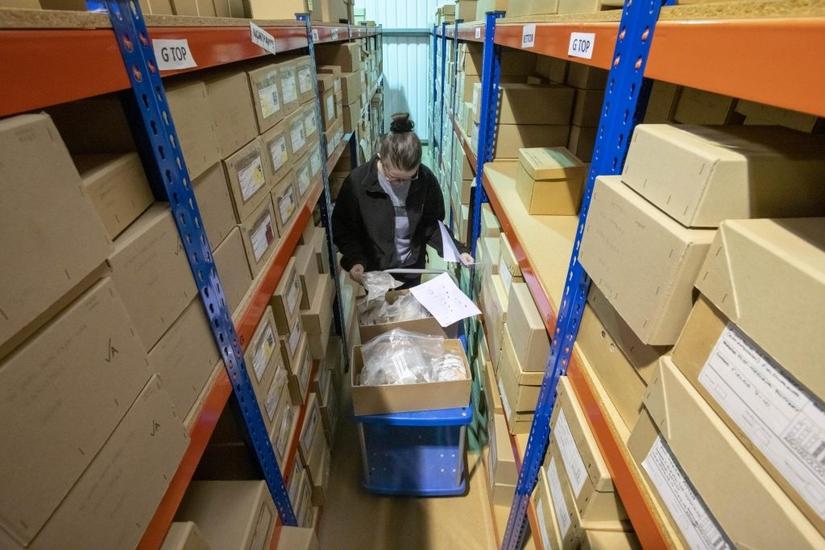
3. There’s a big team involved
Creating an archive for a project of this scale takes years of painstaking work behind the scenes! Archaeologists have spent over 2 years organising, curating, and preparing the finds for long-term storage.
First, the processing team carefully cleans and catalogues all the finds. They process environmental samples to separate out plant remains, and make sure everything is ready for the specialists to analyse.

If finds need any special treatment, for example wood which has been preserved in water, the conservation team can look after them, and give advice for long-term storage.
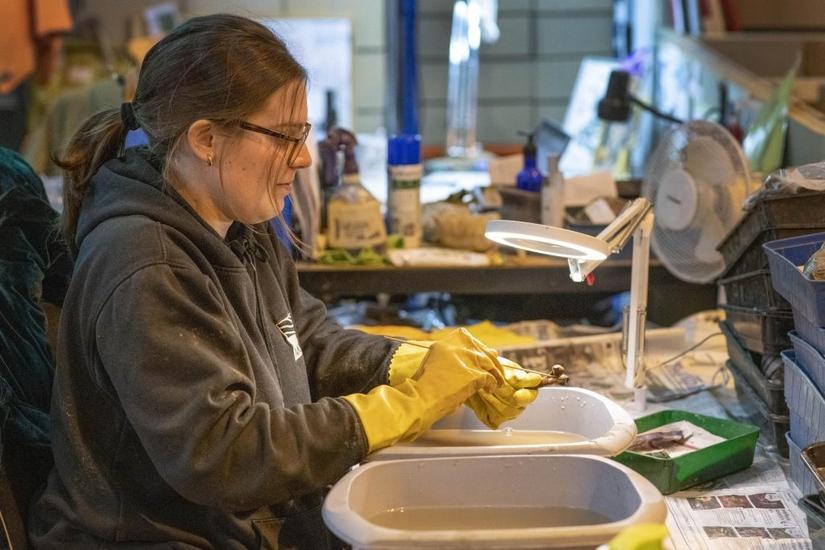
Then the specialists examine the objects. Small finds specialists look at artefacts like coins and rings, while osteologists look at human bones. There are specialists for any objects found, and they are experts in their field of study! They write reports about all the finds.

Finally, the archives team collects all the artefacts and environmental samples together. Along with the specialists, they then decide what will make up the final physical archive. They then liaise with the local museum or archives, where the archaeological archive will be deposited, making sure all guidelines are followed. There is also a digital archive and a paper archive which hold the paperwork, reports, photographs and much more.
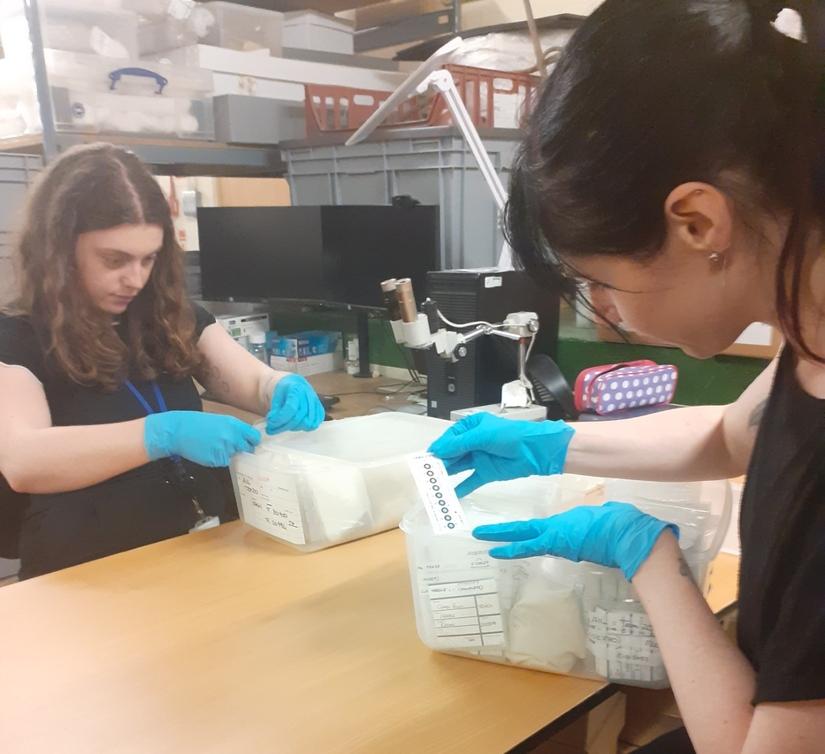
4. There’s a selection process
Selecting the objects and materials which will be included in the final archaeological archive is an important process. The project team have to carefully consider the research potential, educational value, and preservation needs of each item.
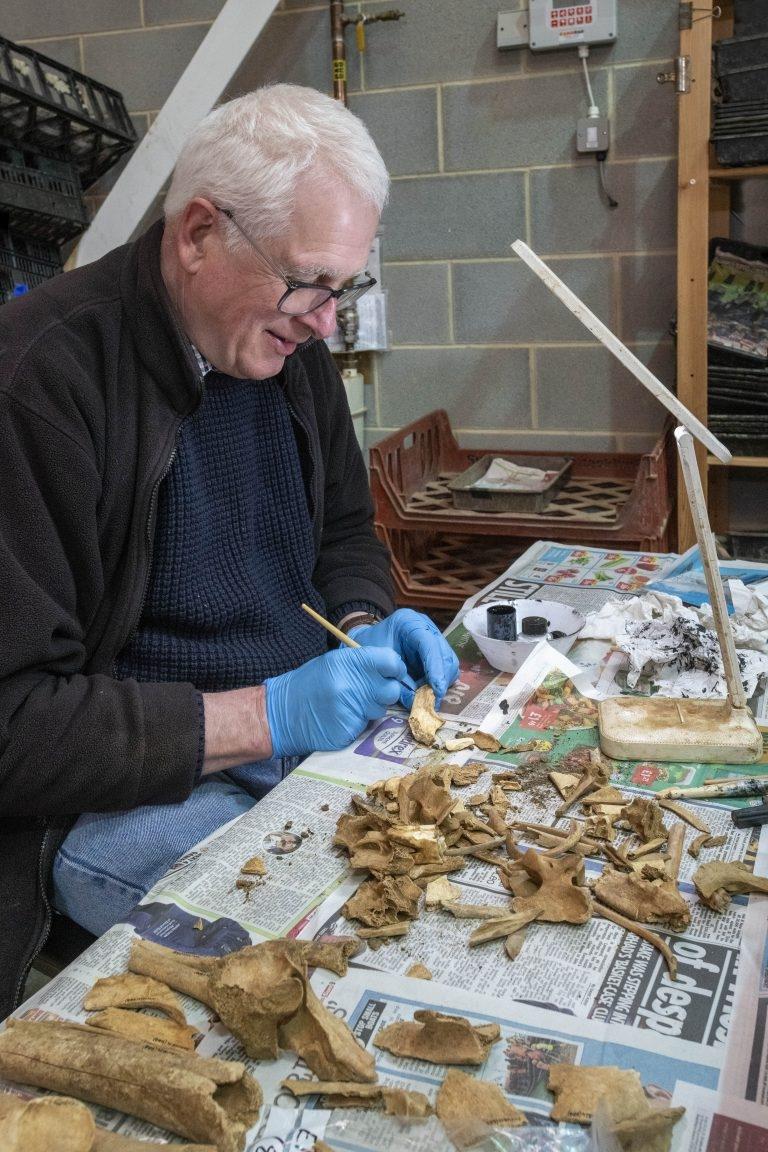
There is guidance for how to pick, and organisations like the Chartered Institute for Archaeologists, and Historic England have toolkits which help archives teams make these decisions.
Objects which aren’t selected for the archive, such as large amounts of the same pottery, get a new lease of life. They can be used as handling collections, which are taken on school and community visits. This allows lots of people to get hands-on experience with discoveries from amazing excavations like the A14.
5. Archives are stored in repositories across the country
Each county has at least one ‘repository’, such as a local museum, which looks after the archives of all the archaeological excavations from that area. For Cambridgeshire, the main repository is the Cambridgeshire Archaeological Archives. Some archives are only open for researchers; however, most offer online access to their collections, especially historic photographs. The A14 digital archive is also available for anyone to access through the Archaeological Data Service website.
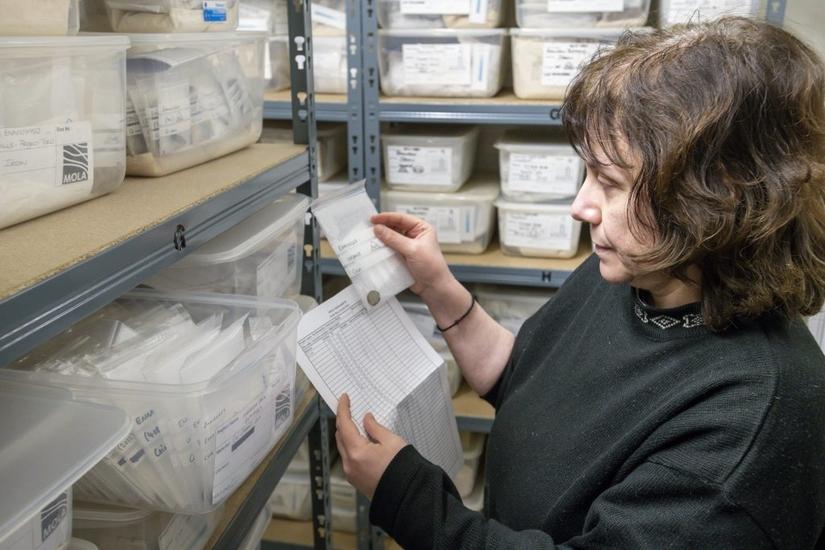
The archaeological programme for the Cambridge to Huntingdon National Highways scheme was carried out by A14 Integrated Delivery Team on behalf of National Highways. Find out more about the A14C2H improvement scheme